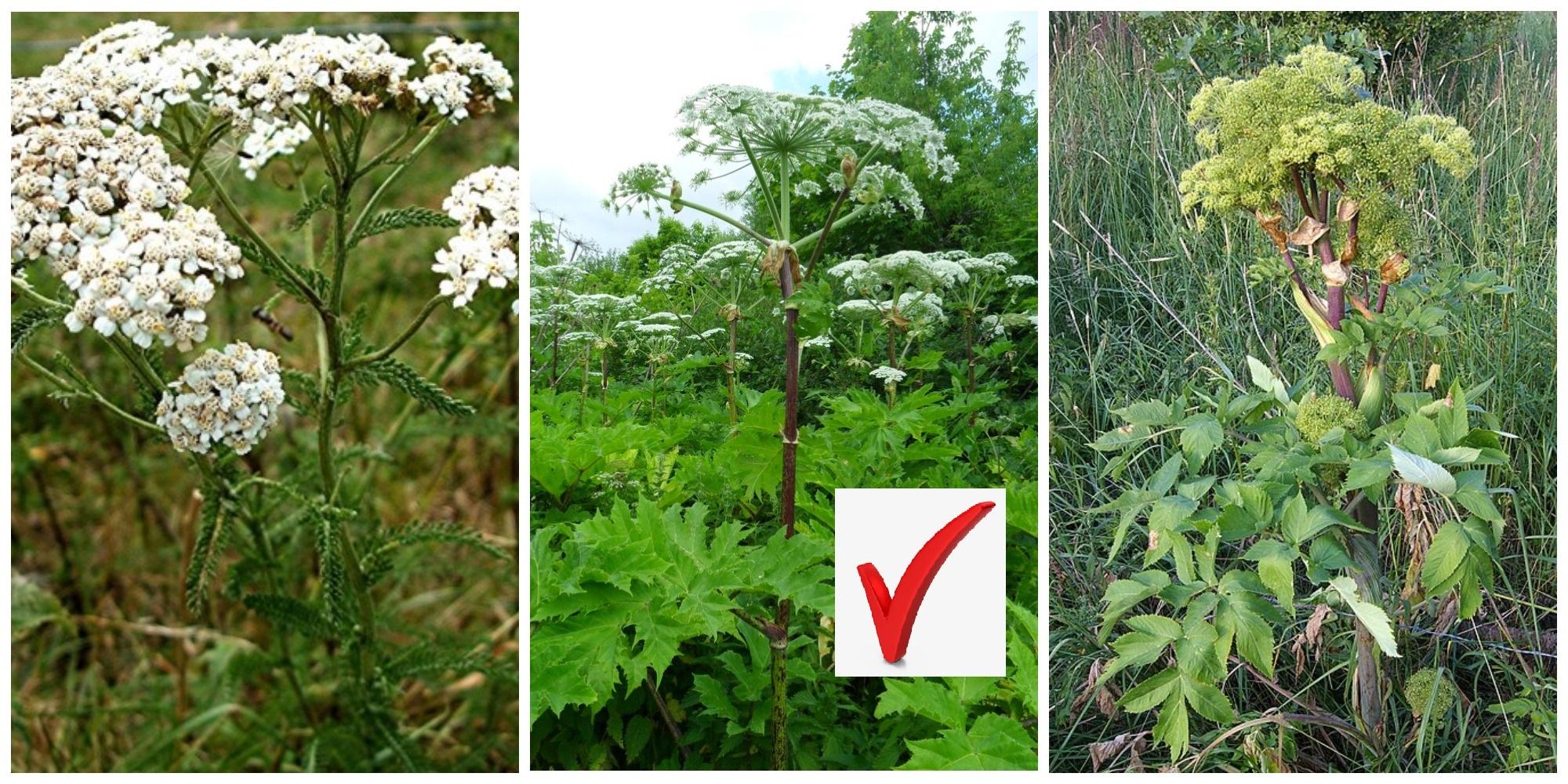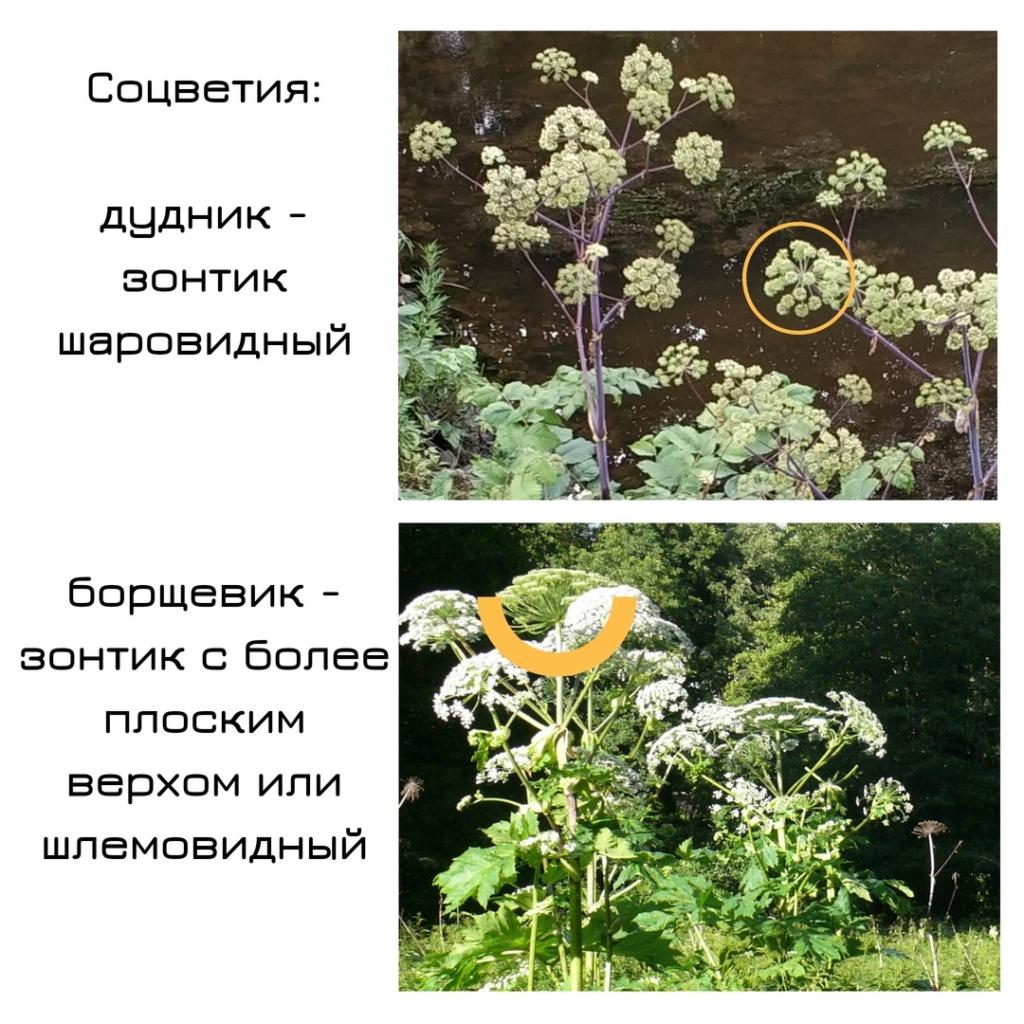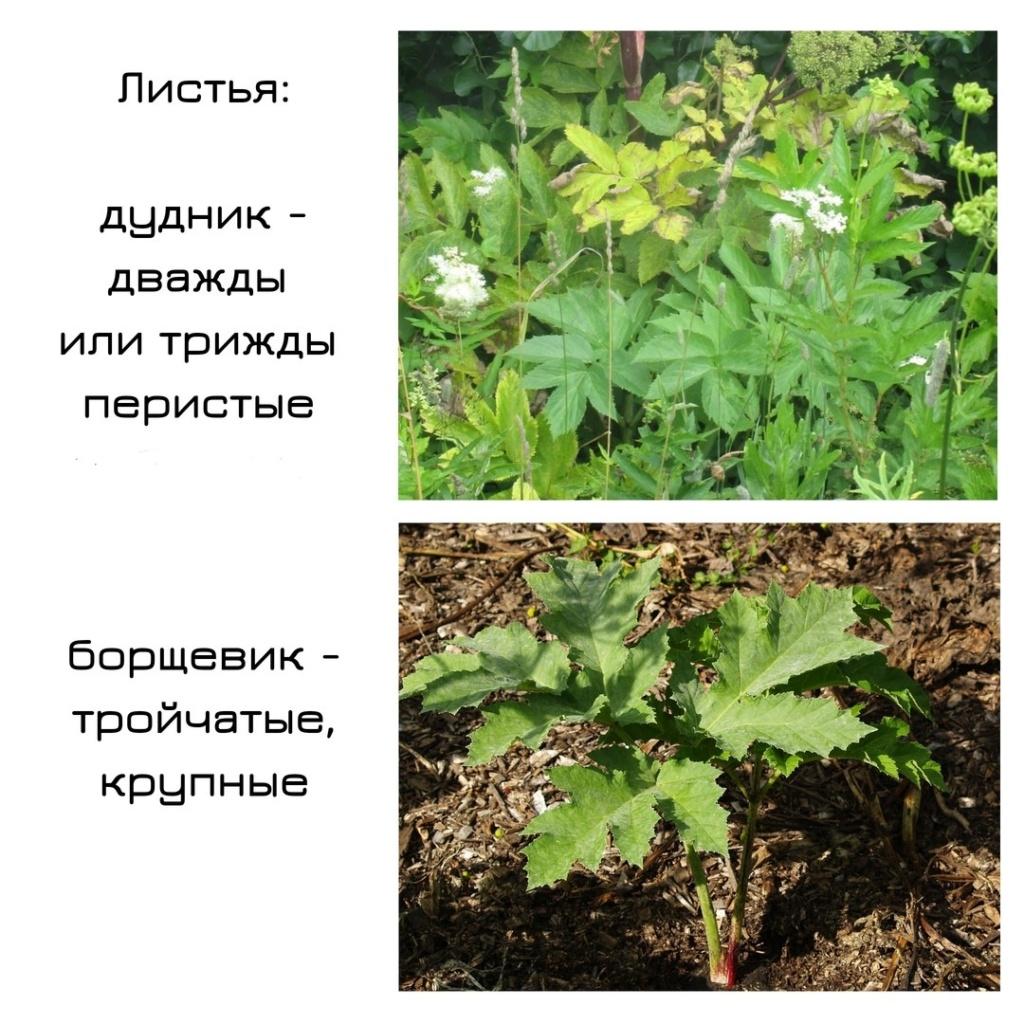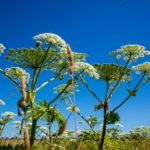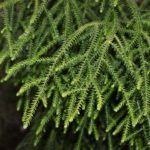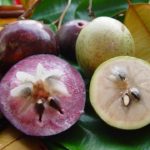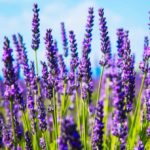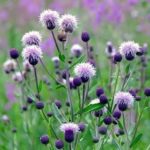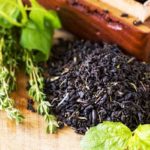Hogweed is a rather dangerous plant that can leave serious burns on human skin. This herb can also provoke severe allergic reactions. At the same time, it has similarities with many other plants. To avoid problems, you need to know how to distinguish hogweed from angelica. The difference between them lies in their appearance and effect on the human body.
What kind of plant is hogweed?
Hogweed is a biennial or perennial plant. It has different stem sizes - from 20-50 to 250 centimeters.The specific height depends on the type of grass. The stems are hollow. They often have sparse pubescence. However, the northern varieties are pubescent along the entire length.
The leaves of the plant form a rosette. They are long-petioled and large in size. Hogweed is characterized by small white flowers. Sometimes they are distinguished by a green-yellow or bright pink color and form complex umbrellas that reach 40 centimeters in diameter. Flowering of most varieties begins in June and lasts until August.
After flowering is completed, fruits appear on the bushes. They are a special type of two-seeded plants and are called vislopelniks. Seed ripening occurs from July to September. At the same time, they crumble easily.
What kind of plant is angelica?
Angelica is a biennial or perennial plant that is distinguished by taproots. It is characterized by a pipe-shaped stem, which reaches a length of 30-90 centimeters. Some plants grow up to 2.5 meters.
Angelica is characterized by small white flowers, which can be pink or green-yellow in color. They form complex umbrellas. In this case, the petals have a lanceolate or elliptical shape.
After flowering, fruits appear on the angelica bushes. They are flattened at the back and have wing-shaped marginal ribs.
Reasons why they are confused
The main reason why the plants in question are confused is considered to be the similarity in appearance. Both plants belong to the Umbrella family and have a number of common characteristics. To distinguish one herb from another, it is recommended to take into account a number of nuances.
Main differences
Hogweed and angelica are characterized by a number of distinctive features.They affect the appearance and effect on the human body.
Appearance
The trunk of angelica has a smooth surface, and below it has a reddish color. The poisonous analogue is completely covered with hard hairs. Another feature of angelica is its pleasant aroma. All types of hogweed have a not very pleasant smell.
Impact on humans
The leaves and fruits of hogweed contain a large amount of essential oils. Contact with them can cause serious irritation and skin burns. Such reactions are due to the presence of furanocoumarins in the composition. These substances significantly increase the body's susceptibility to ultraviolet radiation.
The most severe burns occur when coming into contact with hogweed in clear weather. However, in most cases, a little contact with the plant and short exposure to the sun is enough.
Typically, second-degree burns appear on damaged areas of the skin. A particular danger lies in the fact that touching the hogweed does not cause discomfort. The problem appears after a few hours or even days.
Angelica, on the contrary, brings great benefits to the body. This plant is often used for medicinal purposes. It helps to cope with diseases of the digestive system, pathologies of the respiratory organs, and toothaches. Also, angelica-based products successfully eliminate joint diseases and gynecological diseases in women.
Application
Despite its phototoxicity, hogweed is an edible plant. It is consumed fresh, salted or pickled.Greens are also added to soups, and the stems are fried with flour.
Angelica is often used in folk medicine. To treat various pathologies, it is permissible to use all parts of the plant. Experts advise digging up the roots at the stage of fruit ripening. They should be thoroughly washed and crushed. After which it is recommended to dry the raw materials.
Angelica leaves must be harvested in the spring for consumption. In this case, you need to collect inflorescences and seeds in the fall.
Other plants that can be confused with hogweed
There are plants similar to hogweed, which many confuse with dangerous grass. These crops include the following:
- Vekh poisonous - this perennial plant belongs to the Umbelliferae family. It is considered highly poisonous. First of all, this concerns the rhizome. The smell of vekh resembles parsley or celery. The plant is mainly found on the banks of rivers and streams. At the same time, hogweed practically does not grow in such places.
- Hemlock is a biennial herbaceous weed with a wide distribution. The culture is considered deadly poisonous. At the same time, it has a paralyzing effect on the nervous system and gradually leads to respiratory arrest. When the fruit is crushed, an unpleasant mouse odor usually appears.
- Forest kupir is an annual plant that has many varieties. In appearance, the crop resembles carrots or parsley. It is used in cooking and folk medicine.
- Gooseberry - this perennial herb is widespread throughout Eurasia. It is often found in the shade of trees and loves fertile soil. This wild plant is often eaten.
Hogweed and angelica are herbs that belong to the same family. That's why many people confuse them.However, in fact, each culture has unique characteristics. They need to be carefully studied so as not to encounter the negative effects of hogweed on the body.

